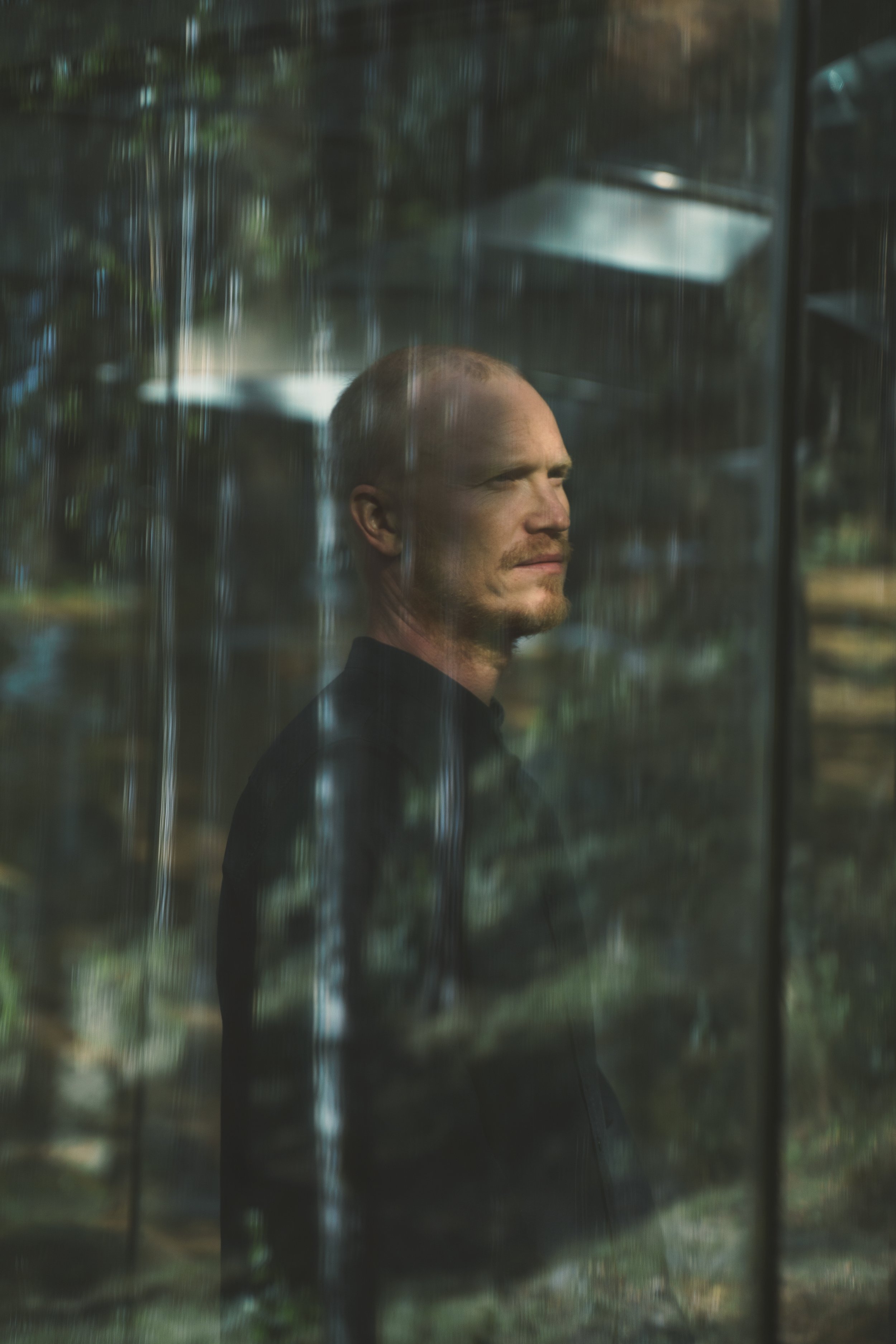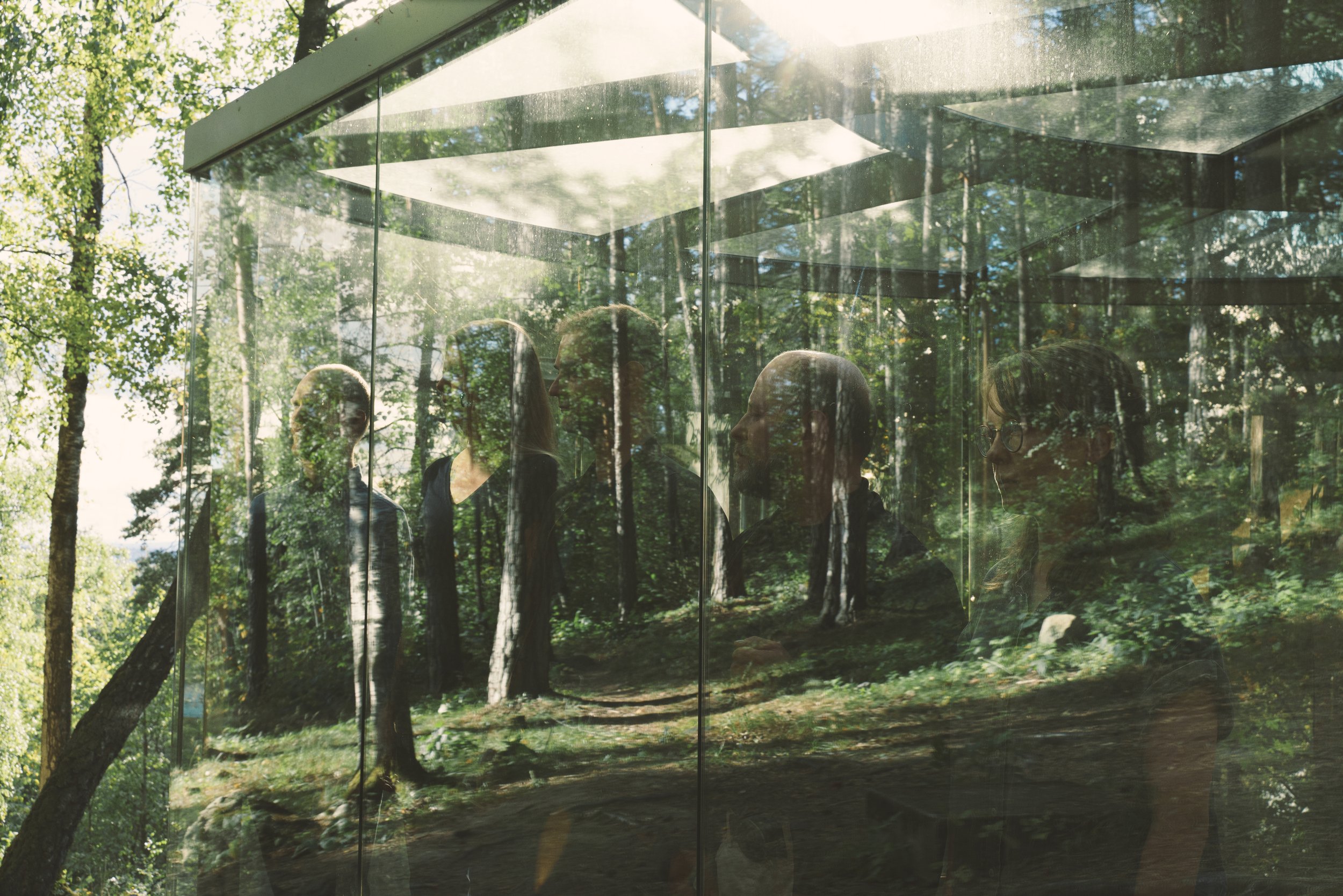Second Room is Taxt’s second album in a series of works investigating possible relations between music and architecture. In this work written for alto saxophone, two microtonal tubas, double bass, church organ, hand bells and modular synthesizers he is inspired by the Japanese architect Sou Fujimoto, and his ideas on different concepts of living.
In a lecture at the Harvard University in 2011, Fujimoto sets up a comparison between the nest and the cave, as two fundamentally different ways of living concepts. Whereas the nest represents safety, conformity and predictability, a space designed for people, the cave on the other side represents the unknown, a naturally shaped space, not designed for the purpose of living. It can be uncomfortable to enter the dark cave but spending time inside one can gradually start to adapt to the space. By rethinking our concept of space and the relation between space and human body we will eventually discover different functionalities within the cave and innovate new functions in the already designed space.
(…)A grid system with 36 pitches was the starting point of the composing process. Imagining the grid as a cave, I made 3 different paths through the grid as if I was exploring the cave. These three melodies became the outline for this composition. On ‘Disruption, disjunction, deconstruction’ the musicians are exploring the 36 pitches independently, as if, quoting Fujimoto; finding their own small favorite comfortable places inside the natural cave(…)
Martin Taxt – microtonal tuba, handbells, composition
Rolf Erik Nystrøm – alto saxophone, handbells
Laura Marie Rueslåtten – organ, handbells
Inga Margrete Aas – double bass, handbells
Peder Simonsen – microtonal tuba, handbells, modular synthesizer
Photos: Leikny Havik Skjærseth
First room is the debut solo album from microtonal tuba player and composer Martin Taxt. The album is the first in a series of works investigating possible relations between architecture and music. First room is a tribute to the Japanese tearoom and the tatami mat. The floor plan as shown on the cover has been used as a foundation for the musical score, performed by Inga Margrete Aas on viola da gamba and double bass, and Martin Taxt on microtonal tuba and sine waves. The album is an intricate mix between a studio recording and a live performance, both recorded in the same room over two days. The live musicians are often shadowing the recorded material, and with subtle changes in pitch and timbre the combined sound of live and recorded sound create an ambiguous and at times fragile sound. The performance included live video from visual artist Kjell Bjørgeengen.



